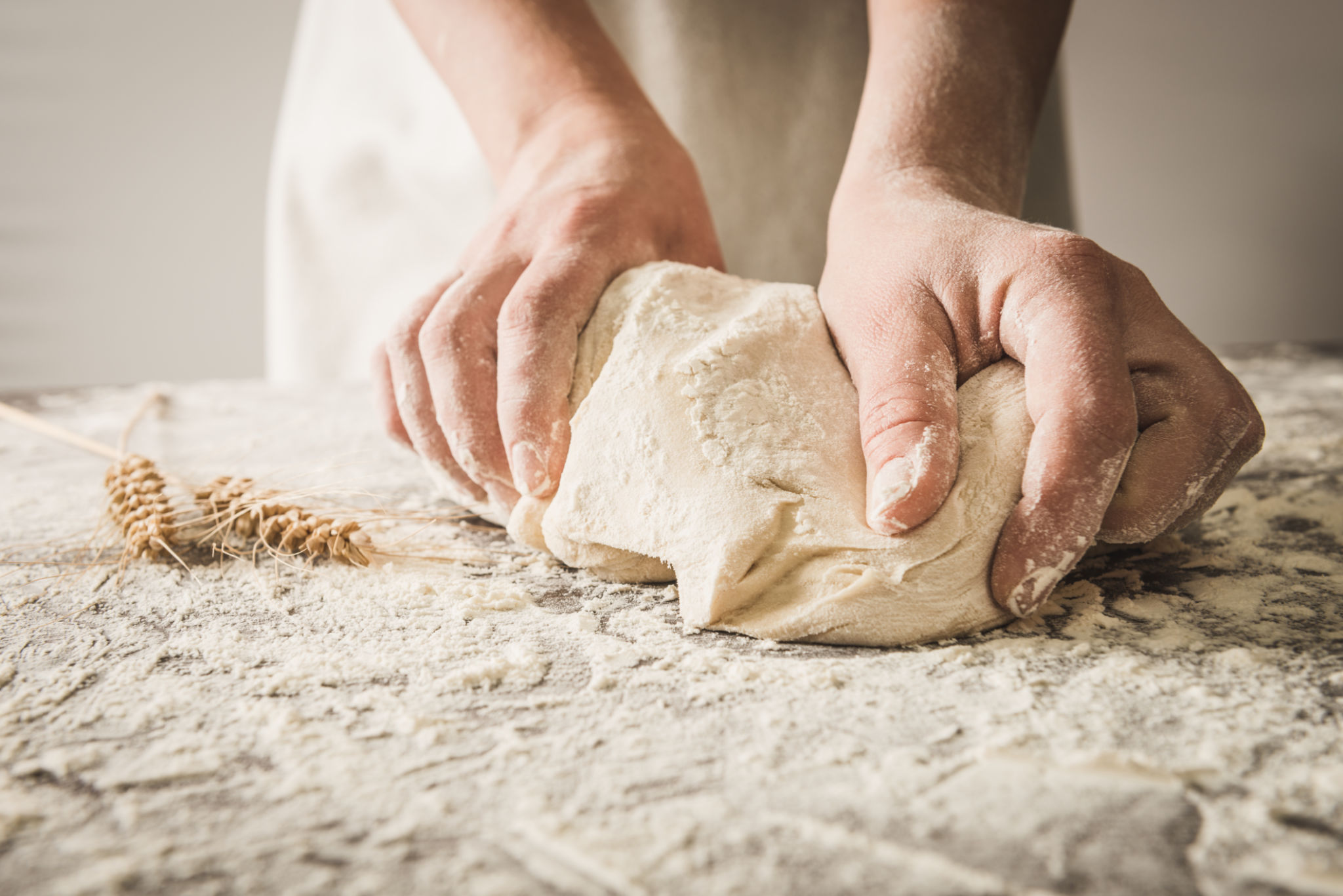Expert Tips for Crafting Gluten-Free Pasta
Understanding Gluten-Free Pasta
For those with gluten sensitivities or celiac disease, finding the perfect gluten-free pasta can be a challenge. Crafting your own at home allows you to customize flavors and textures to suit your taste. Understanding the basics of gluten-free pasta is the first step toward culinary success.
Gluten-free pasta typically requires a combination of alternative flours, such as rice, corn, quinoa, or chickpea flour. Each of these options has its own unique properties that affect the texture and flavor of your pasta. Understanding the role of each ingredient will help you create a balanced and delicious dish.

Selecting the Right Ingredients
Choosing Your Flour
The foundation of any great pasta is the flour. With gluten-free pasta, it’s important to blend different flours to achieve the right texture. Rice flour is light and offers a mild flavor, while chickpea flour adds a nutty richness. Experimenting with combinations like rice and tapioca flour can yield excellent results.
Binding Agents
Without gluten, you’ll need a binding agent to hold your pasta together. Common choices include xanthan gum or guar gum. These agents help mimic the elasticity that gluten provides, ensuring your pasta holds its shape during cooking.
Perfecting Your Dough
Crafting gluten-free dough requires patience and practice. Start by mixing your chosen flours with water and eggs. The dough should be firm but pliable, not sticky. Adjusting the moisture content is key; too much water can make the dough difficult to work with.

Resting Time
Allowing your dough to rest is crucial for achieving the right texture. This resting period lets the flours absorb the moisture fully, making it easier to roll out later. A good rule of thumb is to let it rest for at least 30 minutes.
Rolling and Shaping
Once rested, it's time to roll out your dough. Using a pasta machine can help you achieve consistent thickness, but a rolling pin works just as well. Dust your surface with a bit of rice flour to prevent sticking.

Cutting Techniques
Whether you prefer fettuccine, spaghetti, or ravioli, there are various tools and techniques for cutting your pasta. A sharp knife or a pasta cutter can help you create uniform shapes, which cook evenly.
Cooking Your Pasta
Cooking gluten-free pasta requires attention to detail. It tends to cook faster than traditional pasta, so keep a close eye on it to prevent overcooking, which can lead to mushy results. A minute or two less than package instructions is often sufficient.
Once cooked, rinse your pasta briefly under cold water to stop the cooking process and firm up the texture. Toss it with a bit of olive oil to prevent sticking.
Serving Suggestions
The beauty of homemade gluten-free pasta is its versatility. Pair it with your favorite sauces, whether it’s a classic marinara, a creamy Alfredo, or a simple olive oil and garlic concoction. The options are endless and customizable to your dietary needs.

With these expert tips, crafting gluten-free pasta at home becomes an enjoyable and rewarding culinary adventure. Experiment with different flavors and shapes to find what works best for you, and delight in a dish that suits your lifestyle without compromising on taste or texture.